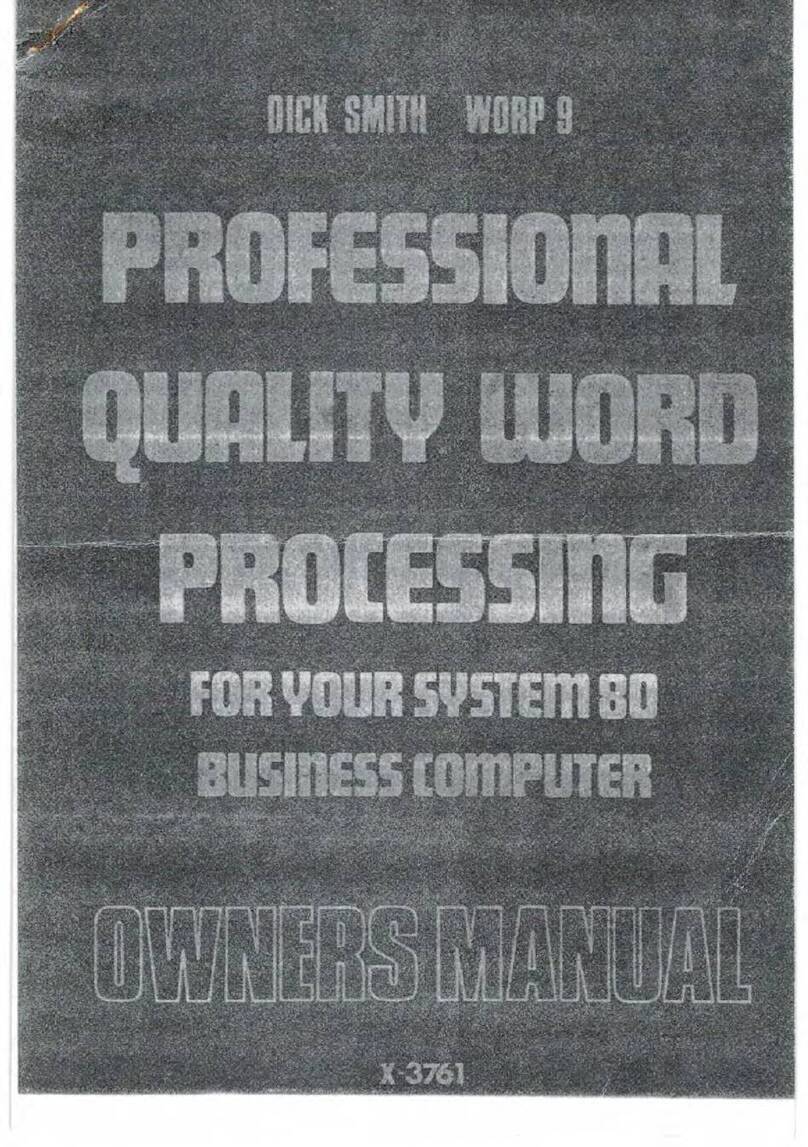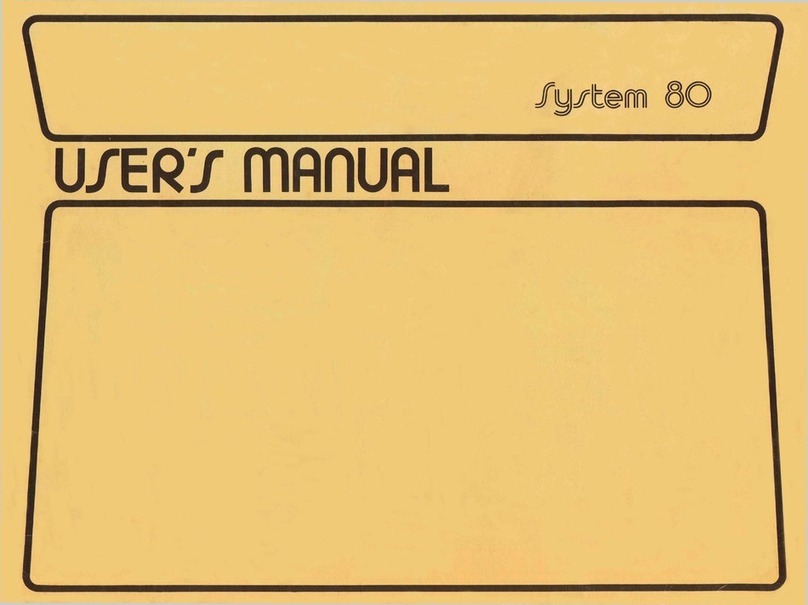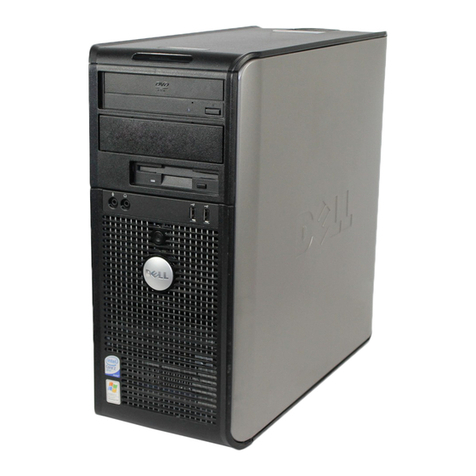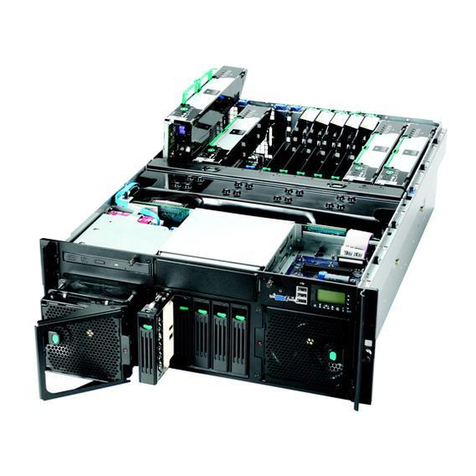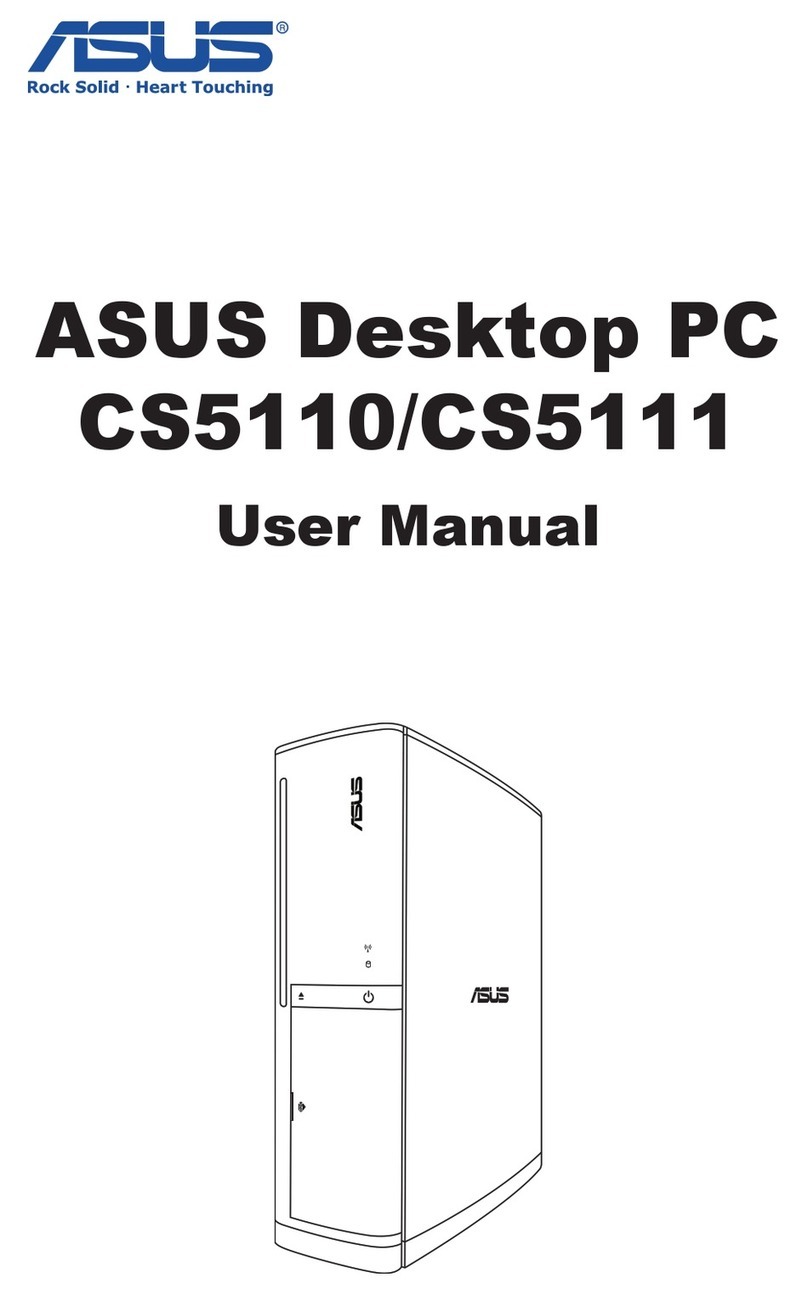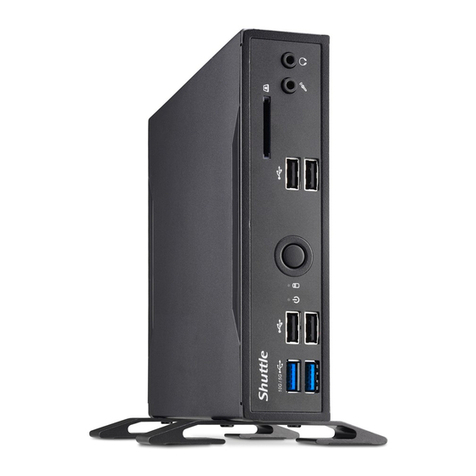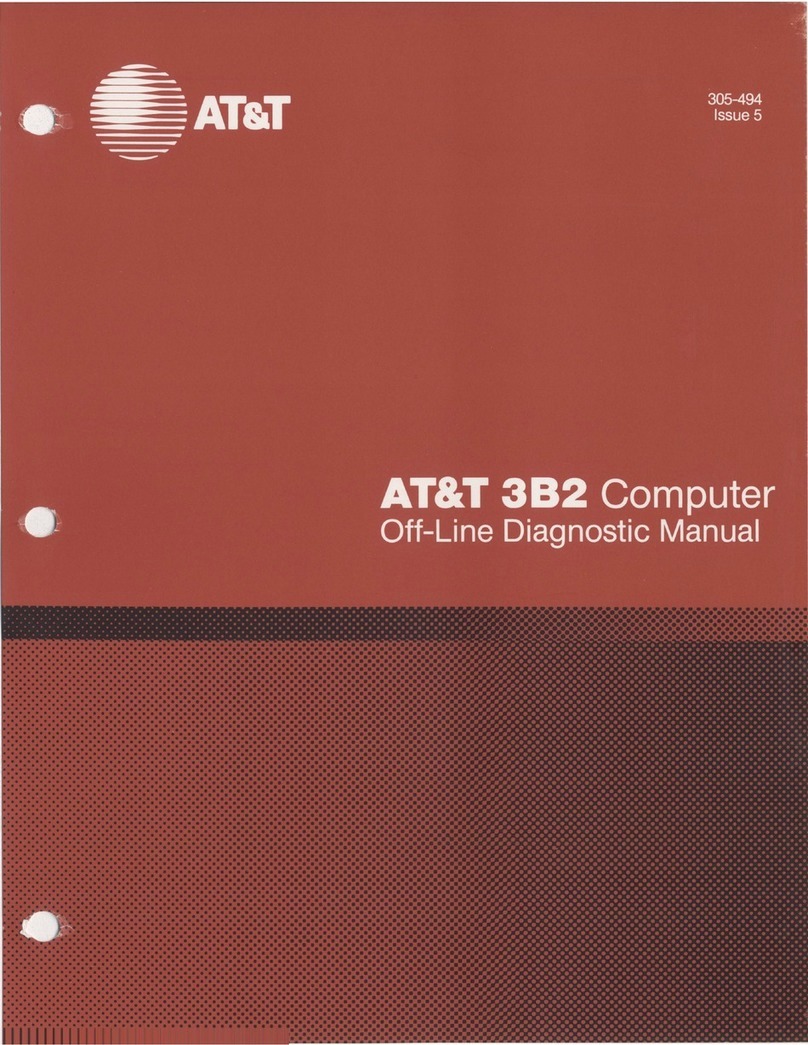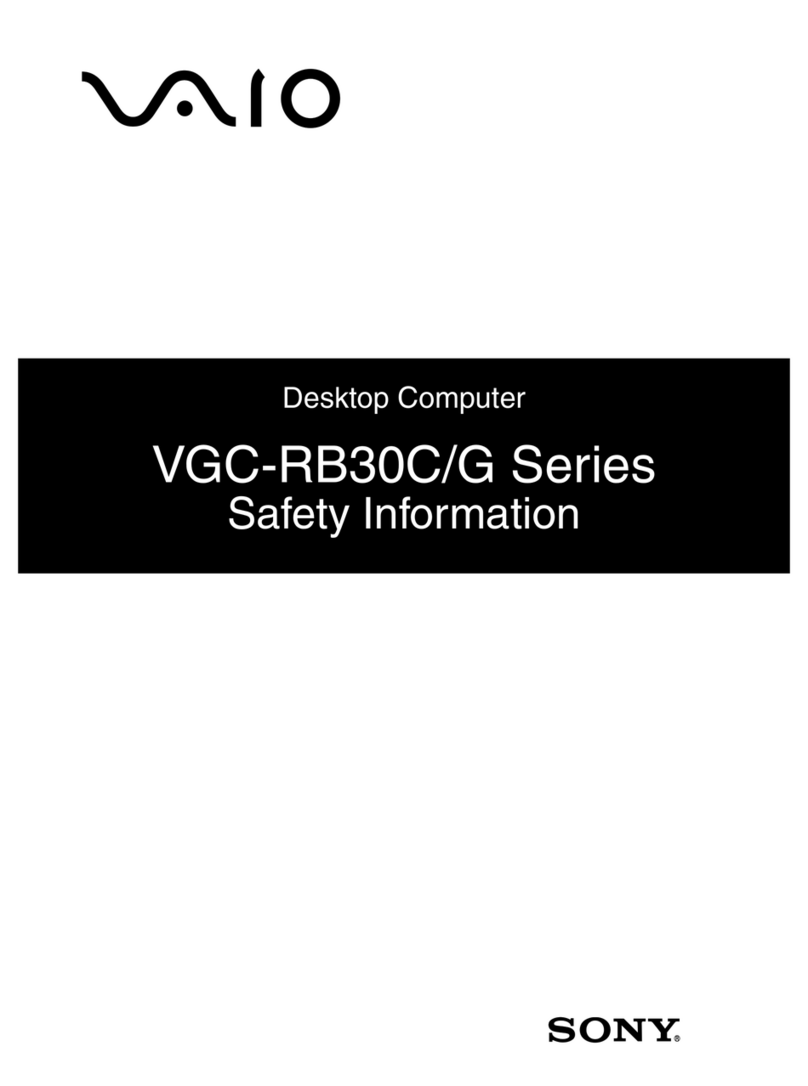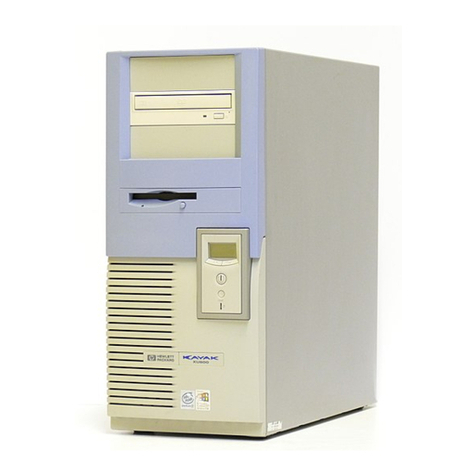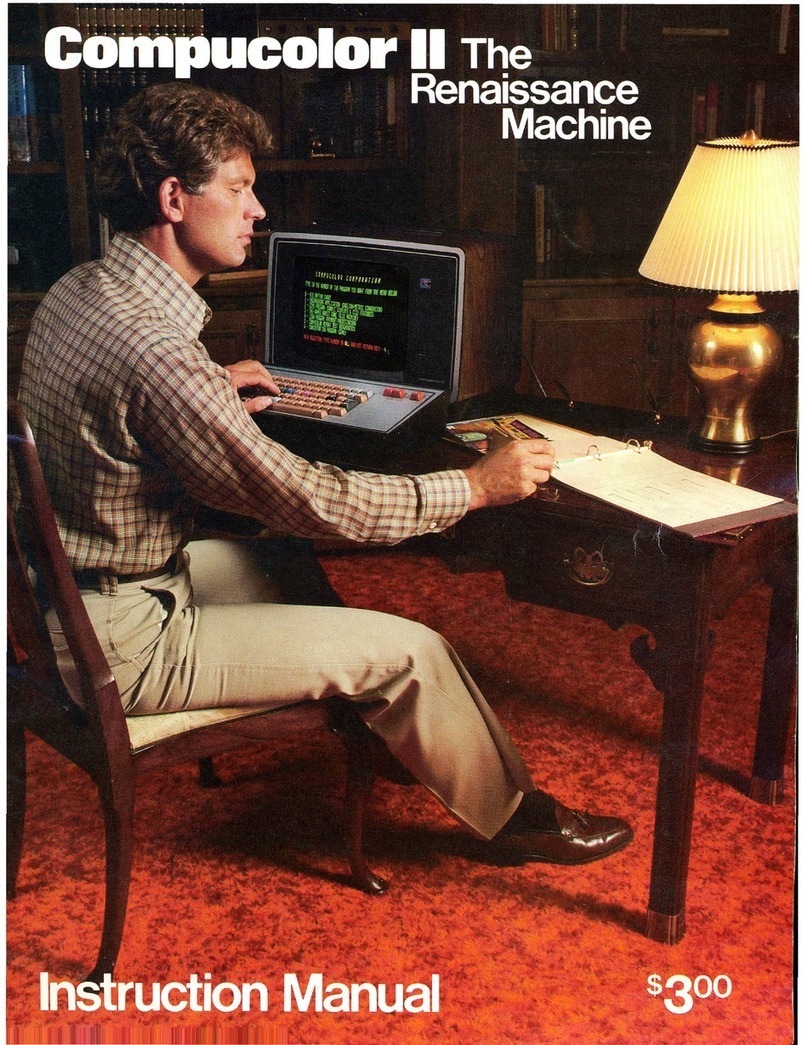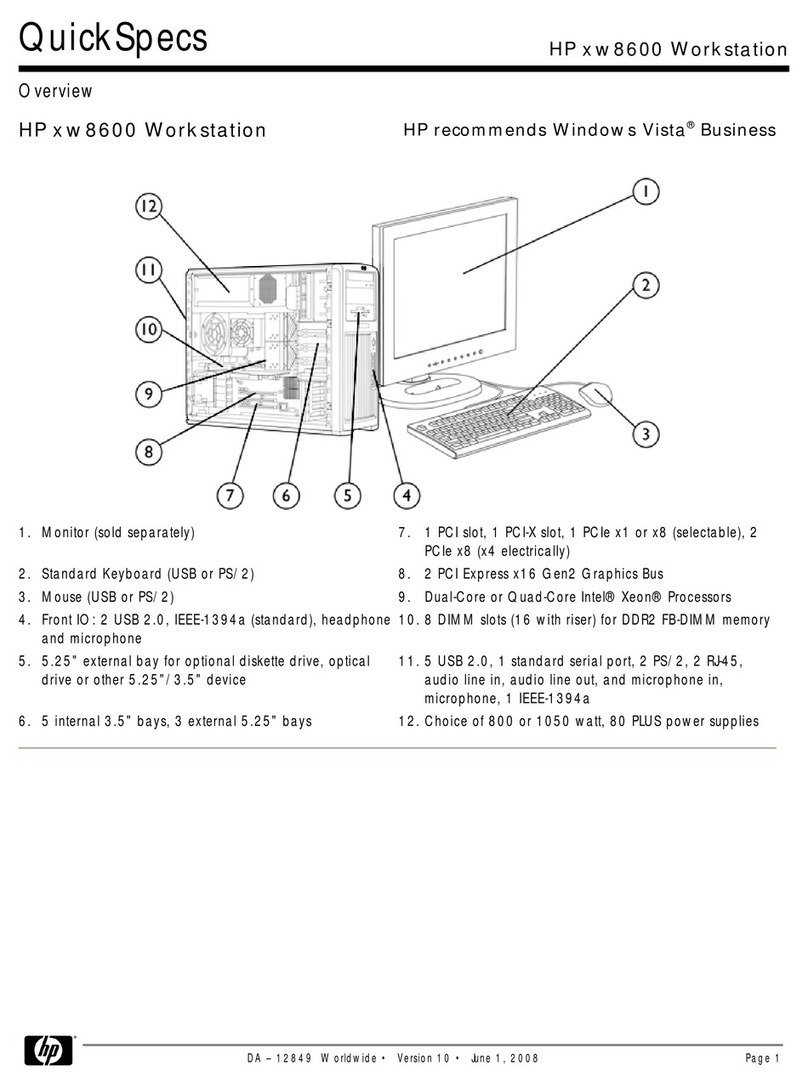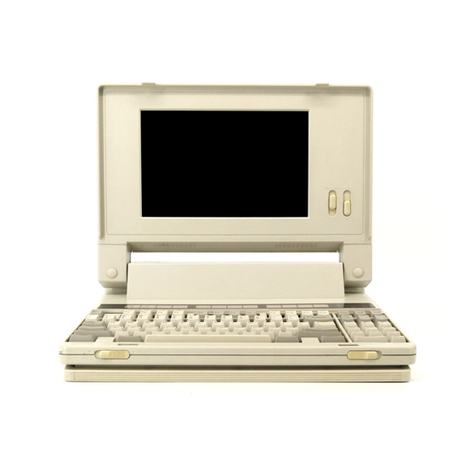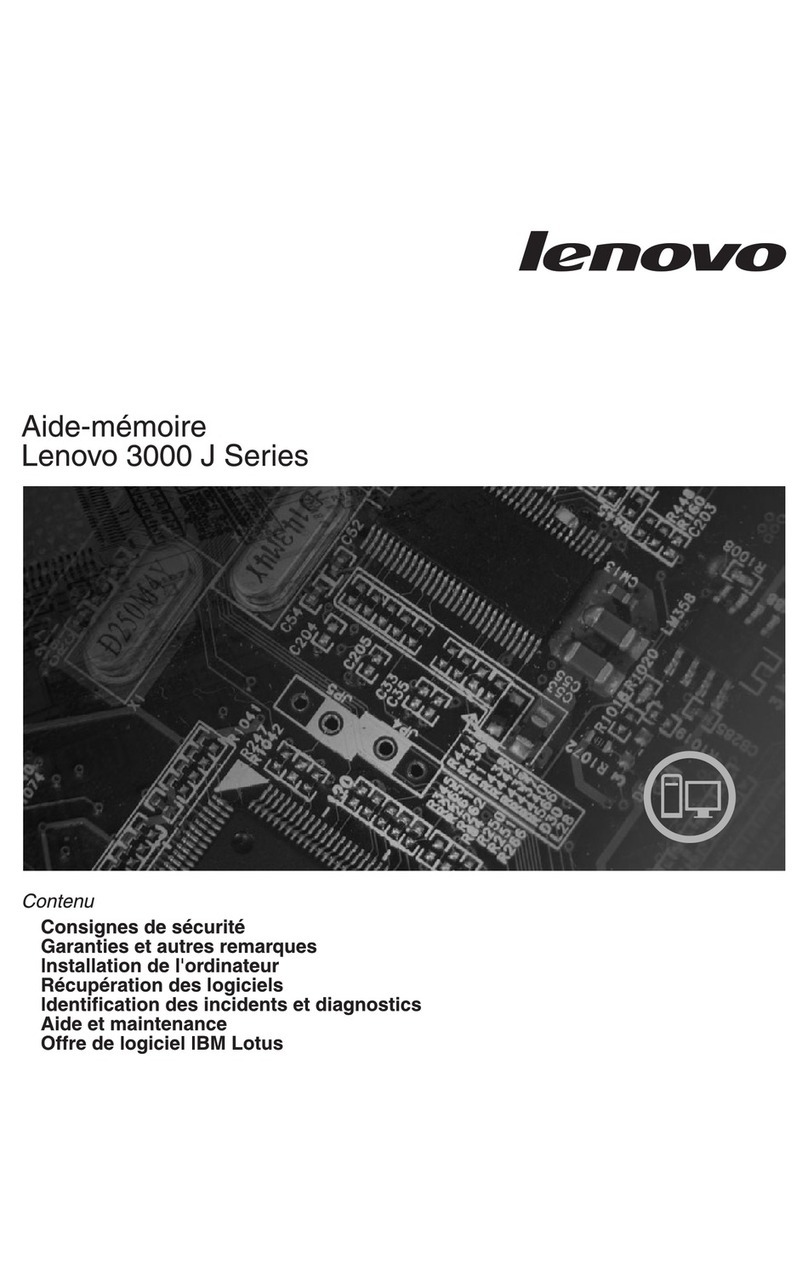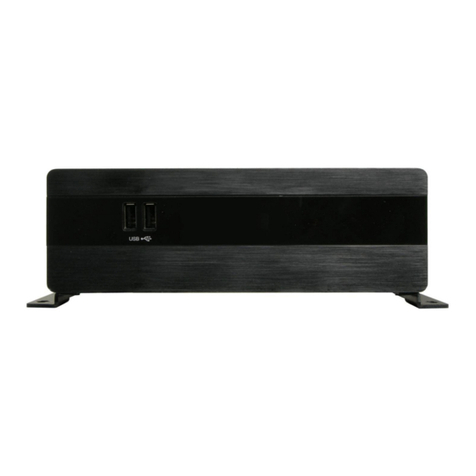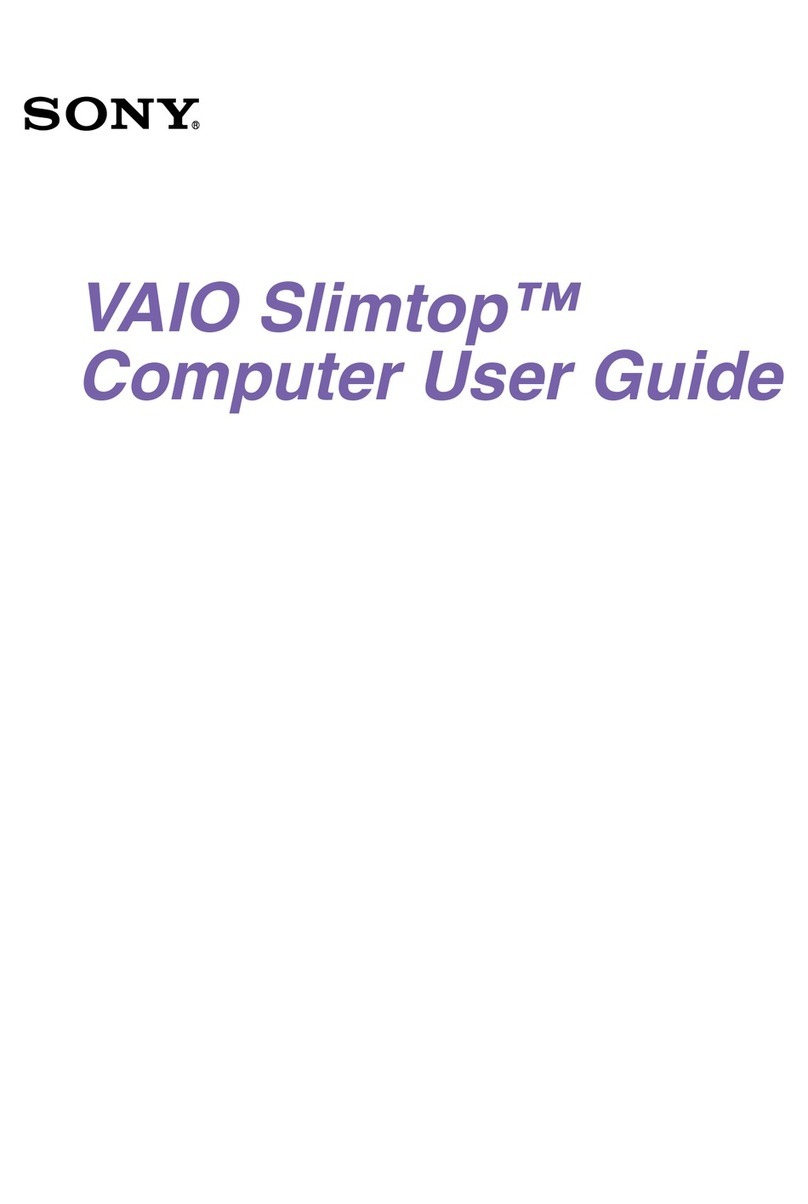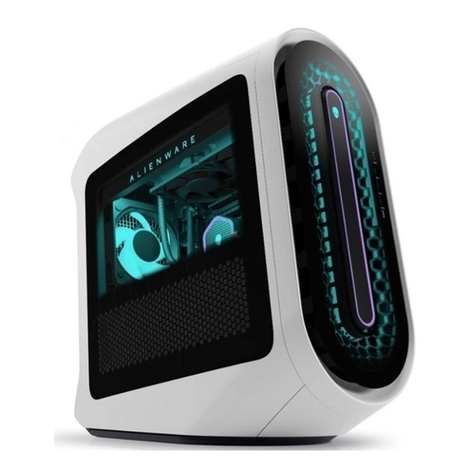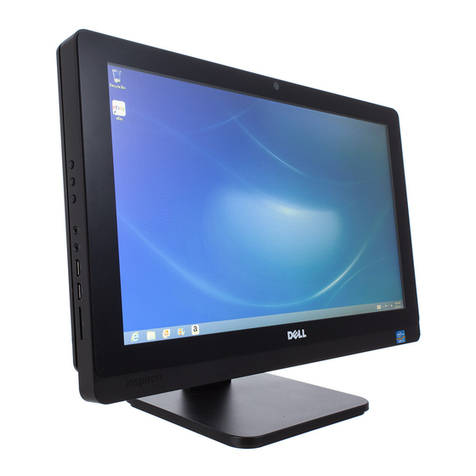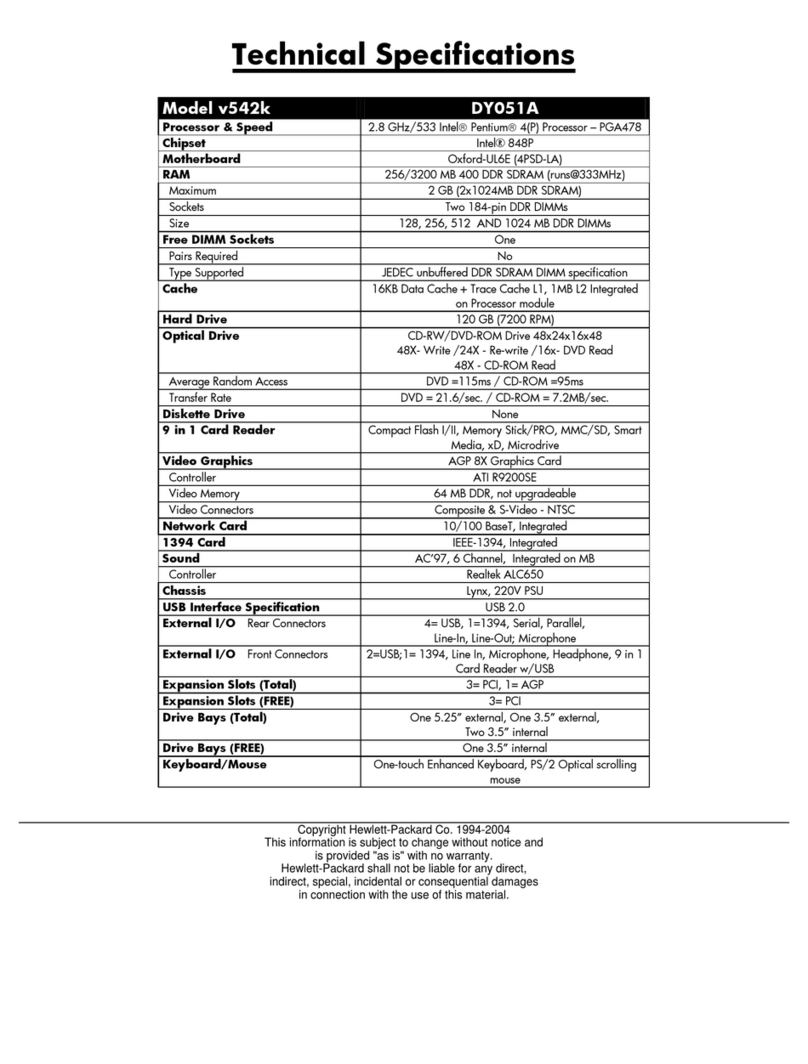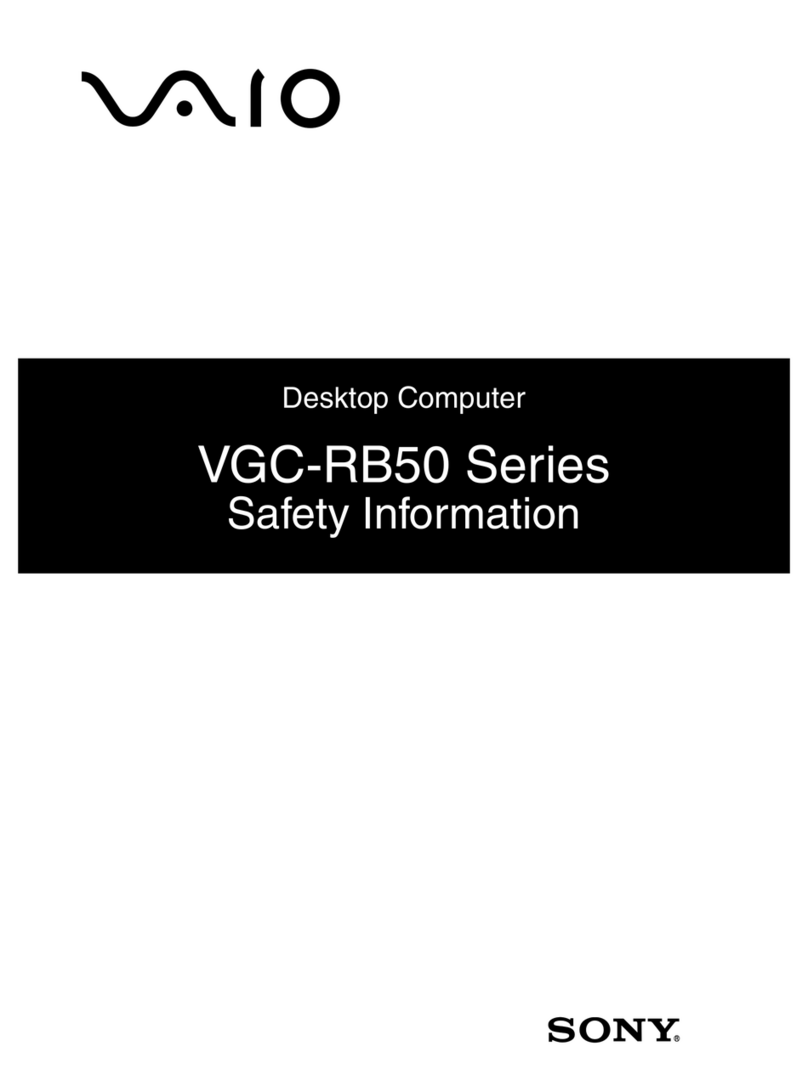Dick Smith VZ200 Product manual

1
Person 1
oh ut:Conputer

VZ-200
Technical Reference
Manual
This manual is designed to provide owners of the Dick Smith
VZ-200 Personal Colour Computer with additional information to
assist in programming, operation and expansion. All reasonable
care has been taken to ensure that the information herein is
accurate and correct; however no responsibility can be
accepted, nor liability assumed for either its accuracy or
suitability for any particular purpose. Dick Smith Management
Pty Ltd reserves the right to make circuit, programming and/or
mechanical changes to the products described herein, without
notice, in order to improve performance.
Written and compiled by Jamieson Rowe
PUBLISHED BY DICK SMITH MANAGEMENT PTY LTD
Sydney, Australia 1983
— 1 —

FIRST EDITION, 1983
National Library of Australia Card No. and ISBN 0 949772 18 6
COPYRIGHT
©
1983, DICK SMITH MANAGEMENT PTY LTD.
This publication is protected by copyright. Except for the
video worksheets on page 17, which may be reproduced by the
purchaser of the book for his/her own use only, no part of this
cook may be copied by any means -- whether photographic,
printing, electronic, magnetic or other technology without the
prior written consent of the copyright holder, Dick Smith
Management Pty Ltd, PO Box 321, North Ryde NSW 2113 Australia.
— 2 —

List of Contents
TOPIC
PAGE
1.
The Basic Computer
4
2.
VZ-200 Memory Map
5
3.
The Keyboard Matrix
6
4.
I/O Mapping
6
5.
Cassette/Speaker/VDC Output Latch
7
6.
Video Display Modes:
A. Text/lo—res graphics mode
(mode 0)
8
B. Hi—res graphics only mode
(mode
1)
10
7.
VZ-200 Screen Control Codes
11
8.
System Pointers, etc
11
9.
Reserving Space for a Machine Code program
12
10.
Finding the Top of Your VZ-200's Memory
15
11.
Calling a Machine Code Routine from BASIC
16
12.
Useful ROM Subroutines for Assembly Programming
17
13.
VZ-200 Video Worksheets & Schematic Circuits
21

1. THE BASIC COMPUTER
The basic VZ-200 computer employs a Z-80A microprocessor (U4)
running at a clock speed of 3.58MHz. Two 8K x 8-bit
mask-programmed ROMs (U9,U10) contain the Microsoft BASIC
interpreter, while three 8K x 8-bit static RAMs (U2',U3' and
U4') provide program memory.
A 6847P-1 video controller chip (U15) and a further 2K x 8-bit
static RAM (U7) form the heart of the computer's video section.
These are coupled to the processor data bus via an octal
bidirectional buffer, U14.
A simple software scanning scheme is used for the keyboard. The
keys are arranged in eight rows, each of which can be pulled
down to low logic level by diodes connected to the eight least
significant address lines (AO-A7). The other sides of the keys
are connected to six column lines, which are connected to six of
the inputs of a gated octal buffer (U12), and also to six pullup
resistors. The outputs of the six corresponding outputs of U12
connect to processor data lines DO-D5.
Cassette input is handled by a simple one-transistor circuit,
together with one of the remaining elements of U12 (D6).
Cassette output is taken from Ul, an 8-bit latch, via outputs Ql
and Q2. Other outputs from this latch are used to operate the
internal piezo speaker (Q0 and Q5, used in push-pull), and to
control the mode (Q3) and background color (Q4) inputs of the
video controller chip.
Simplified decoding is used for selection of the various I/O
devices in memory space. The decoding is performed by U2 and U3.
The memory address ranges (in hex) occupied are as follows:
0000
- 1FFF:
2000 -
3FFF:
4000 -
67FF:
6800 - 6FFF:
7000 -
77FF:
7800 - 8FFF:
9000 -
FFFF:
BASIC ROM 0
BASIC ROM 1
Not occupied in basic unit
(Used by ROM/game cartridges)
Keyboard matrix + cassette input (Read)
Cassette output, speaker, VDC control (Write)
Video RAM
Inbuilt program RAM
Not occupied in basic unit
(Used by expansion RAM modules)
Note that due to the simplified addressing, latch Ul serving the
cassette output, speaker and video display controller
effectively occupies all addresses from 6800-6FFF inclusive.
Similarly the keyboard/cassette input buffer U12 also occupies
all of this address range, although the individual rows of keys
effectively occupy discrete addresses.
A memory map showing both hex and decimal address is shown
overleaf.
- 4 -

Hex
FFFF
F000
E000
D000
1
. C000
B000
A000
9000
8000
7800
7000
6800
6000
5000
4000
3000
2000
1000
0000
(ROM 1)
(ROM 1)
(ROM
0)
(ROM
0)
2. VZ-200 MEMORY MAP:
Decimal
65535
61440
57344
53348
49152
45056
40960
36864
32768
30720
28672
26624
24576
20480
16384
12288
8192
4096
0
RESERVED
FOR
MEMORY EXPANSION
(16K MODULE
EXTENDS RAM
TO CFFF)
INBUILT USER
RAM (6K)
VIDEO
RAM
(2K)
KYBD,CASS,SPKR
RESERVED
FOR
ROM
CARTRIDGES
(10K)
BASIC ROMS
(16K)
— 5

3. THE KEYBOARD MATRIX
As explained earlier, the 45 keys of the VZ-200 keyboard are
arranged in an 8 x 6 matrix scanned by the eight least
significant address lines. This means that each row of the
keyboard matrix effectively occupies a specific memory location
(or more accurately, a series of memory locations, due to the
simplified decoding). The individual keys are mapped into the
corresponding bits of that memory location, according to the
column they occupy in the matrix.
The keyboard is scanned by the software taking each of the eight
address lines down to logic low level in turn. If a key is
pressed, it effectively "pulls down" the bit line at the address
for its row. For example if the "2" key is pressed, this causes
bit 1 to drop to
0
at address 68F7 (also 69F7, 6AF7, 6BF7, 6CF7,
6DF7, 6EF7 and 6FF7). Providing no other keys are pressed in
that row, the data retrieved by reading that address will be 3D
hex (binary 111101).
The keyboard matrix and its (lowest) row addresses in hex are
shown below. Note that each key causes a logic
0
to appear at
the bit position shown, when its row address is read.
5
4
3
2
1
0
BIT POSITION
ROW ADDRESS
68FE
68FD
68FB
68F7
68EF
68DF
68BF
687F
R Q E
W T
F A D CTRL S G
✓
Z
C SHFT X B
4
1
3
2
5
M SPC ,
. N
7
0
8
-
9
6
U
P I RETN 0 Y
J
;
K
:
L
H
4. I/O MAPPING:
The Z-80A microprocessor used in the VZ-200 can address 256
ports in I/O space. Tentatively the following I/O address ranges
have been set aside for expansion peripherals:
I/O ADDRESS (hex)
DEVICE
00 - OF
Printer
10 - 1F
Floppy disk controller
20 -
2F
Joystick interface
30 - 3F
Communications MODEM
70 - 7F
Memory bank switch
- 6 -

B5
B4
B3
B2
Bl
BO
5. CASSETTE/SPEAKER/VDC OUTPUT LATCH:
As noted earlier, write-only latch Ul is used to provide the
cassette output signal, the drive for the internal piezo
speaker, and two control signals for the video display
controller (VDC) chip. The latch effectively occupies all of the
addresses from 6800 - 6FFF (decimal 26624-28671) inclusive. The
bit map of the latch is shown below:
WEIGHTING
BIT
FUNCTION
Hex
Dec
20
32
10
16
08
8
04
4
02
2
01
1
Speaker B
VDC background colour
VDC display mode
Cassette out (MSB)
Cassette out (LSB)
Speaker A
A.
Speaker
The speaker is driven in push-pull fashion by bits
0
and 5. To
make the speaker sound a note, the software should toggle bits
0
and 5 alternately at the required rate. When bit
0
is a logic
"1", bit 5 should be logic
"0"
and vice-versa. Note that when
this is done the software should not disturb the other bits of
the latch.
B.
Cassette output
Bits 1 and 2 are used to generate the cassette recording signal,
which is approximately 175 millivolts peak-to-peak.
C.
VDC display mode
The VDC display mode is controlled by bit 3. If bit 3 is a logic
"0",
the VDC will operate in its text/low-res mixed mode. If bit
3 is taken to logic "1", the VDC operates in its hires graphics
only mode.
D.
VDC background colour control
Bit 4 is used to control the VDC background colour. In
text/low-res mode (mode
0),
a
"0"
in bit 4 gives a green
background colour while a "1" in bit 4 gives an orange
background. In hires mode (mode 1) a
"0"
in bit 4 gives a green
background, while a "1" gives a buff background.
- 7

= NORMAL CHARACTER
= INVERSE CHARACTER
0
= ALPHANUMERIC CHARACTER
6. VIDEO DISPLAY MODES
The VZ-200 has a total of 2K bytes of video display RAM, located
in memory addresses
7000 -
77FF hex (28672 - 30719 decimal)
inclusive. When the video display controller (VDC) chip is
operating in its text/lo-res mode (mode
0),
only the first 512
bytes of this video RAM are used. This is the default mode,
entered on power-up. When the VDC is switched to its hi-res
graphics mode (mode 1), all of the video RAM is used.
A. TEXT/LO-RES GRAPHICS MODE (MODE
0)
In this mode the video screen is organised as 16 lines of 32
characters. Each character displayed on the screen corresponds
to a single byte in the first 512 addresses of video RAM
(7000 -
71FF hex, or 28672 - 29183 decimal).
A total of 256 different characters can be displayed in mode
0:
128 alphanumeric characters, and 128 lo-res graphics characters.
The most significant bit (B7) of each character code is used to
determine whether an alphanumeric or graphics character is
displayed. Details of the coding used are shown below:
(i)
Alphanumeric characters:
6-bit ASCII char code
B7
I
B6
I
B5
I
B4
I
B3
I
B2
B1
I
B0
(ii)
Programmable (lo-res) graphics characters:
Graphics character code*
I
B7
I
B6
B5
I
B4
I
B3
B2
Bl
B0
I
CHARACTER COLOUR CODE
1 = GRAPHICS CHARACTER
*The graphics character coding used is quite simple. Each bit
corresponds to one cell of a 2 x 2 pixel matrix which occupies
the same screen area as an alphanumeric character:
B3
B2
B1
B0
- 8 -

The 3-bit
B6
B5
colour
B4
code is as
HEX
0
0
0
00
0
0
1
10
0
1
0
20
0
1
1
30
1
0
0
40
1
0
1
50
1
1
0
60
1
1
1
70
follows:
COLOUR
Green
Yellow
Blue
Red
Buff
Cyan
Magenta
Orange
To summarise, the total mode (0) character set available is
shown below. Note that these are the characters displayed if the
codes concerned are written directly into the screen RAM
using POKE statements or from a machine code routine.
Note that when the PRINT CUR$ (N) command is used
,
rather than
POKE, the BASIC interpreter performs code conversion to make the
display conform more closely to normal ASCII standards. Hence
decimal codes
0 -
31 become non-printing control codes, while
codes 64-95 become those for the normal alphabetic capitals. As
there are no lower-case characters available, codes 96-127
duplicate the characters for codes 32-63. Codes 192-255 are used
for the inverse alphanumerics, and codes 128-143 for graphics
(with colour set by the COLOR M,N command).
9

B. HI-RES GRAPHICS MODE (MODE 1)
In this mode the screen is organised as 64 rows of 128 pixels,
giving a total of 8192 pixels. Each pixel can be displayed in
one of four colours, one of which is the background colour. This
means that for each of the two possible background colours, each
pixel can be either "turned off" (i.e., the same colour as the
background), or displayed in one of three colours.
The video RAM coding scheme used for this display mode uses each
byte to encode four adjacent pixels. This means that each pixel
is encoded in two bits. To illustrate this, here is the coding
for the first four pixels on the screen, up in the top left-hand
corner:
PIXEL
0
PIXEL 1
PIXEL 2
PIXEL 3
ADDRESS
7000H:
B7
I
B6
1
B5
I
B4
I
B3
I
B2
I
B1
I
B0
The next four pixels along the line are stored in location
7001H, and so on. The 2-bit colour coding used for each pixel is
shown below:
(i)
Backbround
colour
0
00
=
GREEN
01
=
YELLOW
10
=
BLUE
11
=
RED
(green):
(background colour)
(ii) Background colour 1 (buff):
00
= BUFF (background colour)
01 = CYAN
10 = ORANGE
11 = MAGENTA
Note that from BASIC, any pixel may be individually turned on or
off using the SET(x,y) and RESET(x,y) command, and given various
colours using the COLOR(m,n) command.
Video display worksheets for both mode
(0)
and mode (1) are
given at the rear of this manual. These can be very handy for
planning the display screens, menus etc when you are writing
programs. Feel free to photocopy these worksheets, so you can
use the photocopies in this way.
- 10 -

7.
VZ-200 SCREEN CONTROL CODES
The following codes can be used for screen control from BASIC:
Cursor left PRINTCHR$(8)
Cursor right PRINTCHR$(9)
Cursor up
PRINTCHR$(27)
Cursor down
PRINTCHR$(10)
Rubout
PRINTCHR$(127) Insert
PRINTCHR$(21)
Home
PRINTCHR$(28)
Clear screen PRINTCHR$(31)
8.
SYSTEM POINTERS, ETC
Here are some of the main system pointers and variable storage
locations of interest to VZ-200 programmers:
POINTER OR VARIABLE
Top of Memory (ptr)
Start of BASIC program (ptr)
End of BASIC program (ptr)
(also start of simple variables table)
HEX LOC
78B1/2
78A4/5
78F9/A
DECIMAL
30897/8
30884/5
30969/70
Start of dim. variables table (ptr)
78FB/C
30971/2
End of BASIC's stack (ptr)
78A0/1
30880/1
(also start of string variable storage area)
Execute address for USR program (ptr)
788E/F
30862/3
(note: high byte of address must go in 788F)
Interrupt exit (called upon interrupt) 787D/E/F
30845/6/7
Start of BASIC line input buffer
79E8
(buffer is 64 bytes long -- 2 screen lines)
Copy of output latch
783B
Cursor position
78A6
Output device code
789C
(0 =
video, 1 = printer, —1 = cassette)
31208
30779
30886
30876
The contents of the BASIC stack pointer stored in 78A0/1 are
basically equal to the contents of the 'top of memory' pointer
stored in 78B1/2, less a figure equal to the number of bytes
reserved for string storage. The default value for string
storage space is 50 bytes; this can be modified from within a
BASIC program by using the CLEAR command -- i.e., CLEAR 1000
will increase the string space to store
1000
bytes.
The VZ-200 printer interface uses I/O port address OE for the
ASCII character code data and strobe output, and address
00H
for
the busy/ready—bar status input (bit
0).
— 11 —

TOP OF MEMORY (TOM)
Default:TOM-50 bytes
—I
Normally 7AE9H
START OF USER RAM
String space
BASIC stack
(free space)
VLT
BASIC program
Communications
Region
9. RESERVING SPACE FOR A MACHINE CODE PROGRAM
There are a number of ways to reserve memory space for a machine
code program, from within a BASIC program. But before details of
these methods are given, we should clarify the way that BASIC
normally organises RAM memory space.
A range of addresses at the bottom of user RAM is reserved for
system pointers and variables. This section is often termed the
"communications region". It includes locations which store
pointers to the boundaries of the various regions in upper RAM,
like the 'Top of Memory' pointer, the 'start of BASIC program'
pointer and so on. The latter pointer is stored at 78A4/5
(decimal 30884/5).
Normally the BASIC program itself is stored next, in locations
starting at address 7AE9 hex. At the end of the BASIC program
text, the system stores a table containing the program's
variables. This is known as the 'variable list table' (VLT).
This is divided into two sections: first the simple variable
table, containing simple numeric variables and pointers to the
simple string variables, and then the subscripted variable table
containing dimensioned variables.
As the BASIC program text changes in length, the VLT is moved up
or down in memory so that it always begins at the end of the
program. The pointer to the start of the VLT is stored in
location 78F9/A, and the pointer to the start of the subscripted
variable table in location 78FB/C.
The remaining major regions extend downward from the top of user
RAM. Normally at the very top of RAM is the string storage area,
extending down from the top of RAM (pointer stored at 78B1/2) by
either the default figure of 50 bytes, or a different amount
established by a CLEAR N command. The BASIC interpreter's stack
then extends downward in memory from the bottom of the string
area (pointer stored in 78A0/1).
The space between the top of the VLT region and the bottom of
the stack is not used, and is designated 'free space'. So that
normally, the RAM organisation looks like this:
— 12 —

Method 1: This method of reserving space for a machine code
program involves shifting the BASIC program area upward in
memory from its normal start at 7AE9, creating a space
immediately above the communications region. The machine code
program can then be loaded into this space, probably by POKEing
it from your main BASIC program.
Needless to say, the BASIC program area can only be shifted up
before your main program is loaded into it (if it were done
afterwards, the start of the program would be lost). But the
shifting is quite easy to do, because all that is required is
(a) to change the 'Start of BASIC program' and 'End of
Program/Start of VLT' pointers, together with (b) creation of a
new 'null program' at the start of the new program area.
This can be done quite easily by a small BASIC program which is
fed into the computer ahead of your main program. Here is what
it looks like if you want to reserve say 128 bytes:
10 POKE 31593,0:POKE 31594,0:POKE31595,0
20 POKE 30884,105:POKE 30885,123
30 POKE 30969,107:POKE 30970,123
Here line 10 pokes a 'null program' of 3 zero bytes into the
start of the new program area (which starts at 7B69H, or 31593).
Line 20 pokes the decimal equivalents of the low and high bytes
of this new starting address of the program area into its
pointer address, while line 30 pokes in the corresponding values
for the new EOP/VLT pointer.
Note that this shifting program 'self destructs' -- once you run
it, the BASIC interpreter loses all knowledge of its existence
in memory. So if you then try to LIST or RUN, nothing will
happen because as far as the interpreter is concerned, it now
has nothing in its (new) program storage area.
Once the program has run, however, any BASIC program you load in
will start at the new, higher address (here 128 bytes up),
leaving the space immediately above the communications area free
for a machine language routine or program.
Needless to say you can vary the above program to adjust the
amount of space reserved. You'll need to change both the values
poked into the pointer locations in lines 20 and 30, and the
poke addresses in line 10.
Don't forget that if you use this method, the 'reserving'
program will have to be loaded and run ahead of the main
program, every time you want to use it. The reserving operation
can't be done from within the main program itself.
This is one disadvantage of this method; another is that it is
not easy to load in both your main basic program and the machine
language program directly from tape.
— 13 —

Method 2: With this method of reserving space for a machine
language program, you create the required space in between the
end of the main BASIC program and the start of the VLT, by
shifting the VLT upward in memory.
This is simpler to achieve than Method 1, because all that is
required is to change the 'End of BASIC program/Start of VLT'
pointer stored in 78F9/A hex (decimal 30969/70). In effect, we
'fool' the BASIC interpreter into thinking that the BASIC
program is longer than it really is.
How do you work out the new value for this EOP/VLT pointer?
Probably the best approach is to PEEK at the value of the
pointer when your main program is loaded in normally, and then
add to this figure the amount you need for the machine language
routine -- plus a small amount (say 64 bytes) for safety margin.
Let's say you again want to reserve 128 bytes. First load in
your main BASIC program, then key in this command:
PRINT PEEK(30969) + 256*PEEK(30970)
The answer you get is the current value of the EOP/VLT pointer,
in decimal. In other words, it represents the actual end of your
BASIC program. So add say 192 to this (128 plus a safety
margin), to get the new EOP/VLT pointer value.
Say the value you get is 32800. Now find the decimal equivalents
of the high and low pointer bytes for this figure, by keying in
this line:
P=32800:PRINT INT(P/256), P—(256*INT(P/256))
The first number you get is the pointer high byte (in this case
128), while the second is the pointer low byte (here 32).
Obviously if you get a different value from 32800, key this into
the above line to get the corresponding values.
Now all you have to do is fit these values into a pair of POKE
statements at the very start of your main BASIC program:
1 POKE 30969,32 :POKE 30970,128
This line must be right at the start of your program, so that
the EOP/VLT pointer is moved before the program introduces or
uses any variables. Otherwise the variables would be 'lost'.
This method allows you to load, save and run the BASIC program
normally, without any prior preparation. Once you have loaded
the machine language program into the reserved space between the
BASIC program and its VLT, you can also save and re—load it
along with the BASIC program, automatically. This is because the
CSAVE and CLOAD routines use the EOP/VLT pointer to indicate the
end of the BASIC program.
Note that the 64—byte 'safety margin' allows for the small
increase in program length when you add line 1 above.
— 14 —

Method 3: This method of reserving space for a machine language
program involves changing the 'Top of Memory' (TOM) pointer so
that it points to an address lower than the actual top of
memory. This forces the BASIC interpreter to move its string
storage area and stack downward, leaving a space for your
machine language program at the top.
Like Method 2, this is quite easy to do and it can be done from
within your BASIC program.
First, you need to PEEK the current value of the TOM pointer.
This is found quite easily:
PRINT PEEK(30897) + 256*PEEK(30898)
This will normally give you 36863 for a basic VZ-200, or 53247
if you have the 16K Memory Expansion Module plugged in.
Then you simply subtract from this figure the amount of space
you want to reserve for the machine language program, to give a
new TOM address. Then it's simply a matter of poking the low and
high byte figures for this address into the TOM pointer, at the
start of your program.
For example, say you want to reserve 256 bytes, and you have a
basic VZ-200 so the normal TOM is 36863. So the new artificial
TOM will be 36863-256, giving 36607. To work out the two new
pointer bytes in decimal, type in:
T=36607:PRINT INT(T/256), T-(256*INT(T/256))
The first number you get is the pointer high byte (here 142),
while the second is the low byte (here 255). If you have a
different value for TOM (T), you'll get corresponding values.
Having found these values, all you need to do is add the
following line to the start of your program:
1 POKE 30897,255:POKE 30898,142
The pointer must be changed before the program uses string
variables and the stack, or the system could 'crash'.
Note that this method allows your BASIC program to be loaded,
saved and run normally. However it does not allow the machine
language program to be loaded directly into the reserved area at
the same time. The machine code must be loaded either
separately, or POKEd into the reserved area by the BASIC program
itself -- after the pointer is changed.
10. FINDING THE TOP OF YOUR VZ-200's MEMORY
This is quite an easy one -- simply type in the line:
PRINT PEEK(30897) + 256*PEEK(30898)
- 15 -

11. CALLING A MACHINE CODE ROUTINE FROM BASIC
The standard way of calling a machine language program or
routine from BASIC is to use the USR(X) command. But before
this command can be used, the starting address of the machine
language routine must be loaded into the USR program pointer,
stored at address 788E/F hex (decimal 30862/3). This can be
done using POKE statements.
To illustrate this, let's look at an example. Let's say you
want to use the INKEY$ function in your BASIC program, to
accept input character-by-character. But you'd like the VZ-200
to give its usual 'beep' each time to register input, and the
INKEY$ function doesn't provide this.
As it happens, the BEEP subroutine in VZ-200's BASIC ROM can
easily be called to do this, using the USR(X) command. The
calling address for the routine is 3450 hex, so the decimal
figures for the USR pointer bytes are 80 (low byte, equal to 50
hex) and 52 (high bytes, equal to 34 hex).
So if you want to produce a 'beep' at various places in your
BASIC program, all you need to do is put this line near the
start of the program (before the first beep is needed):
20 POKE 30862,80:POKE 30863,52
This sets up the USR pointer. Then wherever you want a 'beep'
in your program, simply use the command:
X=USR(X)
Note that before control is passed to the user routine at the
designated address, the value of the argument variable X is
stored in locations 31009/31010 (7921/2 hex). So this can be
used to 'pass' a parameter value to the user routine. If the
routine doesn't need any parameters (like the 'beep' routine
above), simply use a 'dummy' variable name like X, as shown.
The same general technique is used for calling other machine
code routines, whether they are located in ROM or RAM. It's
simply a matter of poking the start address of the routine into
30862/3, and then using the USR command.
You aren't limited to calling a single machine code routine, by
the way. You can call a number of routines in turn, simply by
poking each routine's start address into 30862/3 before you use
the USR command to call it. Just remember to POKE the right
routine address into the pointer each time!
- 16 -

12. USEFUL ROM SUBROUTINES FOR ASSEMBLY PROGRAMMING
A. KEYBOARD SCANNING ROUTINE
The keyboard scanning routine resides at 2EF4 hex. This routine
scans the keyboard once and returns. If a key is pressed, the A
register will contain the code for that key; otherwise this
register will contain zero. Registers AF, BC, DE and HL are all
modified by the routine, so if the contents of these registers
must be preserved they should be pushed onto the stack before
the routine is called. The following example shows how the
routine would be used to wait for the RETURN key to be pressed:
SCAN
CALL 2EF4H
OR A
JR
Z,SCAN
CP 0DH
JR NZ,SCAN
•
• •
;scan kybd once
;any key pressed?
;back if not
;was it RETN key?
;back if not
;otherwise continue
B. CHARACTER OUTPUT SUBROUTINE
A routine which outputs a single character to the video display
is located at 033A hex. The code for the character to be
displayed must be in the A register, while the character will
be displayed on the screen at the position corresponding to the
current value of the cursor pointer. All registers are
preserved. Here is how the routine would be called to display
the word 'HI', followed by a carriage return:
LD A,'H'
CALL 033AH
LD A,'I'
CALL 033AH
LD A, ODH
CALL 033AH
;load A reg with code
;& display
;same for I
;now load A with CR code
;& update screen
C. MESSAGE OUTPUT SUBROUTINE
A very useful subroutine located at 28A7 hex can display a
string of character codes as a message on the screen. The
string of character codes must end with a zero byte. The HL
register pair must be set to the start of the string before the
subroutine is called. All registers are used by the subroutine.
Here is how it is used:
LD HL,MSG
;load HL with start of strg
CALL 28A7H
;& call print subroutine
MSG
DEFM 'READY'
;main message string
DEFB ODH
;carriage return
DEFB
0
;null byte to terminate
17

D. COMPARE SYMBOL (EXAMINE STRING) -- RST 08H
A routine which is called using the RST 08H instruction can be
used to compare a character in a string pointed to by the HL
register, with the value in the location following the RST 08
instruction itself. If there is a match, control is returned to
the instruction 2 bytes after the RST 08, with the HL register
incremented by one and the next character of the string in the
A register. This allows repeated calling to check for an
expected sequence of characters. Note that if a match is NOT
found, the RST 08 routine does not return from where it was
called, but jumps instead to the BASIC interpreter's input
phase after printing the SYNTAX ERROR message. Here is how the
routine is used to check that the string pointed to by the HL
register is 'A=B=C':
RST 08H
DEFB 41H
RST 08H
DEFB 3DH
RST 08H
DEFB 42H
RST 08H
DEFB 3DH
RST 08H
DEFB 43H
;test for 'A'
;hex value of A for comparison
;must have found, so try for '='
;hex value of
1
=
1
;OK so far, try for 'B'
;now look for second '='
;finally check for 'C'
;must have been OK, so proceed
E. LOAD & CHECK NEXT CHARACTER IN STRING -- RST 10H
The RST 10H instruction may be used to call a routine which
loads the A register with the next character of a string
pointed to by the HL register, and clears the CARRY flag if the
character is alphabetic, or sets the flag if it is
alphanumeric. Blanks and control codes 09H and OBH are skipped
automatically. The HL register is incremented before each
character is loaded, therefore on the first call the HL
register should be set to point to the address BEFORE the
location of the first string character to be tested. The string
must be terminated by a null byte.
Here is an example of this routine in use. Note that if it is
used immediately after the RST 08H instruction as shown, the HL
register will automatically be incremented to point to the next
character in the string:
RST 08H
DEFB 3DH
RST 10H
JR NC, VAR
•
• •
;test for '='
;fetch & check next char
;will go to VAR if alpha
;continues if numeral
- 18 -

F.
COMPARE DE & HL REGISTER PAIRS -- RST 18H
The instruction RST 18H may be used to call a routine which
compares the contents of the DE and HL register pairs. The
routine uses the A register only, but will only work for
unsigned or positive numbers. Upon returning, the result of the
comparison will be in the status register:
HL < DE : carry set
HL > DE : no carry
HL <> DE : NZ
HL = DE : Z
Here is an example of its use. Assume the DE pair contains a
number and we want to check that it falls within a certain
range -- say between 100 and 500 (decimal):
LD
HL,500
;load HL with upper limit
RST 18H
;& call comparison routine
JR
C,ERR
;carry means num > 500
LD
HL,100
;now set for lower limit
RST 18H
;& try again
JR
NC,ERR
;no carry means num < 100
;if still here, must be OK
G.
SOUND DRIVER
Located at 345C hex is a routine which can be used to produce
sounds via the VZ-200's internal piezo speaker. Before calling
the routine, the HL register pair must be loaded with a number
representing the pitch (frequency) of the tone to be produced,
while the BC register pair must be loaded with the number of
cycles of the tone required (i.e., the duration in cycles). All
registers are used. The frequency coding used is inversely
proportional to frequency, i.e., the smaller the number loaded
into the HL register pair, the higher the frequency. As a
guide, the low C produced by VZ-200's SOUND command in BASIC
can be produced using the decimal number 526, the middle C
using 259 and the high C using 127. Here is how you would call
the routine to get say 75 cycles of the middle C:
LD
HL, 259
;set frequency code
LD
BC, 75
;set number of cycles
CALL 345CH
;& call sound routine
H.
'BEEP' ROUTINE
The routine which is used by BASIC to produce the short 'beep'
when a key is pressed is located at address 3450 hex. It
disturbs all registers except the HL pair. All you have to do
to produce a beep is call it:
CALL 3450
;make a 'beep'
- 19 -
Table of contents
Other Dick Smith Desktop manuals
